What Is Software Project Management? (Tools, Phases, Tasks)
Monday.com
ClickUp
Wrike
Teamwork
Software development projects have a unique lifecycle that separates them from other projects. Using traditional project management methodologies like Waterfall to manage your software projects is an open invitation to frustration.
Managing software projects successfully requires you to use the right project management approach and have a solid understanding of the different software development stages.
Are you searching for the best ways to manage your software development team and increase the results of your software projects?
This blog post explores the basic concept of software project management and shows you how to manage software projects successfully from start to finish.
Let’s get started.
What Is Software Project Management?
Software project management is the process of planning, scheduling, executing, monitoring, managing, controlling, and delivering software projects successfully. Consider it a sub-discipline of a project management profession.
Many project managers use the same project management approach they use to manage other projects to tackle software projects. It’s little wonder why many software projects fail. Note that software is a non-physical product.

Software and IT-related projects have unique life cycle processes that separate them from other project types. These projects, because of how prone they are to project changes, require unique and flexible approaches for success.
For example, a construction project follows the regular project life cycle, while a software project adds requirements gathering, product testing, updating, and customer feedback to the process.
Every software project has three basic needs: time, cost, and quality. Effective project management in software development is delivering quality software within the set budget and schedule.
Here are the common software project types.
- Mobile applications.
- New software tools.
- Updates on an existing software solution.
- Internal support software solutions.
Clients, software developers, and other key project stakeholders must be aware of the project's duration, budget, and schedule to ensure success.
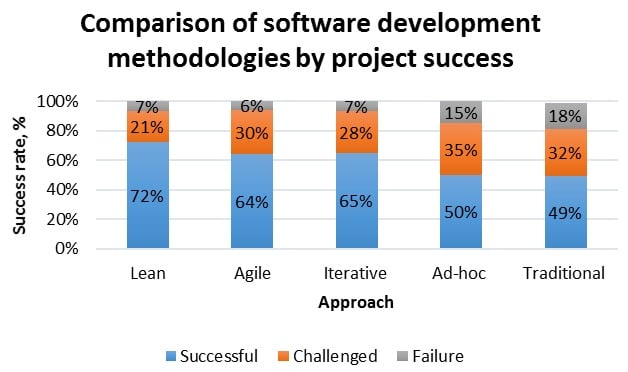
The 6 Phases of the Software Development Project Lifecycle
A typical project goes through the five phases of the project management life cycle. However, software projects, because of their intangible nature, follow a unique process called the software development lifecycle (SDLC).
There are many SDLC models, but the most popular one used is the Agile project management model because of its flexibility and speed.

Here are the six major agile software development project lifecycle phases.
1. Concept
The concept phase marks the start of the Agile software development lifecycle. This phase involves the product owners and stakeholders determining the project scope and prioritizing requirements and essential and non-essential features.
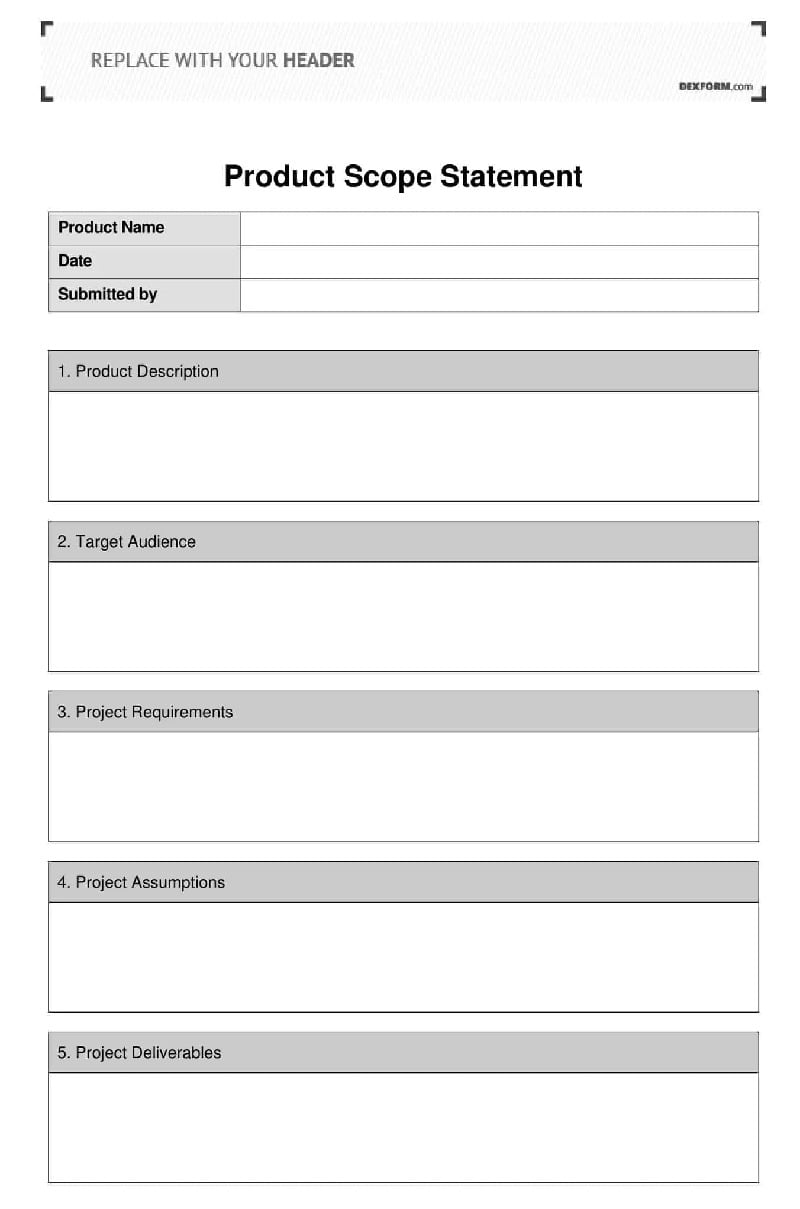
Product owners are in charge of this phase. They scrutinize the project cost, requirements, and completion time to determine if the software project is feasible or not.
2. Inception
The inception phase is where the product owner creates the software development team to execute the software project.
Product owners can hire managers with project management experience to assemble a qualified team and manage projects. Choose the best-qualified individuals available and provide them with the necessary tools and resources to get a high-quality project performance.
This planning phase is where the software development team establishes a plan and creates templates for project management activities.

You can divide the inception process into two parts:
- UI/UX Design: The software development team designs the mock-up of the software or app’s user interface.
- Project Architecture: Stakeholders and the development team design the project architecture. This part includes discussions about the software requirements, frameworks, and programming languages necessary for successful project execution.
3. Iteration
Iteration is the longest phase in the Agile software development life cycle that involves the bulk of the project’s work. Other names for this phase are the construction, building, or development phase.
Project managers lead the assembled team to start working on the product requirements and customer feedback gathered during the concept and inception stages.
The most active team members during this phase are the software developers and the UI or UX designers. These two groups aim to build a product with minimal features by the end of the first interaction or agile sprint.

This phase is the cornerstone of the agile project management approach. Agile teams use it to build working software quickly and add other functionalities and changes in later sprints to satisfy clients.
After every iteration or sprint, the improved minimum viable product should go through a series of tests and revisions. The software development team and stakeholders collaborate to maintain the product’s quality and avoid possible errors.
4. Testing
The testing phase focuses on running quality assurance tests to ensure the software is functioning properly according to clients’ requirements. This phase supports regular releases and relies on user feedback for improvements.
Testing the software before releasing it for production falls on the quality assurance team. This team ensures there are no errors or bugs in the software. If they spot any, they refer them to the software development team for instant action.

There are four different types of testing in the Agile life cycle.
- Unit Testing: The quality assurance team tests and verifies the different parts of the software separately to know if they are working correctly.
- Integration Testing: This testing phase involves combining the different software or system parts to test their compatibility as a unit.
- Acceptance Testing: The quality assurance team tests the product to determine if it matches the end user’s requirements. This test is essential to know if the software product is ready for deployment or not.
- System Testing: Quality assurance specialists test all the software components to ensure they function properly and meet the set requirements.
5. Production
The production phase is when the software is ready for release to customers. All project tasks and activities in the previous phases are designed to deliver an error-free and productive product that meets clients’ requirements.
Software development teams take up maintenance responsibilities during this phase. They provide support and offer training to customers on how to run the software smoothly and error-free.
6. Review
Reviewing the released software product is the final phase of the agile software development life cycle. This phase is crucial for the long-term success of other software projects.
The product owner gathers the software development team and carefully reviews the project’s performance. A typical agile review process identifies the strengths and weaknesses of the project team and what worked and what didn’t.
Reviewing the project involves asking stakeholders and customers for feedback to improve project performance for future projects.
Software Project Management Metrics
Software projects have unique project KPIs that the software development teams need to track for project success. Many software project managers make the mistake of using the same metrics to track every software project on their books.
Find out what your clients want to achieve before you choose your key software project management metrics.
Here are the four common software project management metrics.
1. Satisfaction
Client satisfaction is one of the essential software project management metrics every project manager should track.
You can use the net promoter score to measure how satisfied your clients and stakeholders are with the project. You can use this information to develop strategies to improve future satisfaction scores.
2. Delivery
How many projects does your project team deliver on time? The ultimate goal of every software project is on-time delivery within the set budget.
Track the number of projects completed on time, compare it to the total number of allocated projects, and express it as a percentage to track your delivery score.
3. Cost
Are your software projects staying within budget? A project is considered a failure when the project costs exceed its budget.
Smart project managers use the cost variance metric to track whether the project is within or outside the set budget.
Cost variance compares the total amount spent on a project to its initial budget. The best time to track the cost variance is at any major project milestone and not at the final stage.
4. Defects
This metric compares the total defects reported by the project team for repairs with the errors the end users identify.

The Role And Responsibility Of A Software Project Manager
A software project manager is a professional that oversees the planning, design, execution, testing, and closure of the software project. The basic requirement to lead any software project is to have a solid understanding of the software development process.
This professional is responsible for the day-to-day running and management of the software project. The responsibility of making project decisions falls on the software project manager, except if there is a senior executive or project management office (PMO) in place.

Roles of a Software Project Manager
Managing projects is the basic role the software project manager plays.
1. Project Leader
The software project manager is responsible for leading the project development team, assigning tasks, and coordinating their activities.
2. Link
The link between the project team, upper management, and clients is the software project manager. This individual tracks project progress, reports to upper management, and passes the essential information needed to the project team.
3. Mentor
An experienced project manager serves as a mentor to the project team. Every member of the project team looks to the experienced project manager for suggestions and advice on how to run the project successfully.
4. Supervisor
Software project managers supervise the day-to-day running of the project and ensure the successful execution of every phase of the software development life cycle.
Responsibilities of a Software Project Manager
A software project manager ensures software developers and team members stick to the project plan and clients’ requirements on the journey to project completion.
The responsibilities of a software project manager remain the same, whether you manage simple projects or complex ones.
1. Plans Projects
The software project manager designs the blueprint for the entire project. Many projects fail because of poor planning. Experienced software project managers plan projects with key stakeholders and members of the project team.
A typical software development plan contains the project scope, timeline, schedule, communication strategy, risks, and cost. The software project manager is responsible for writing the project plan and altering it when necessary.
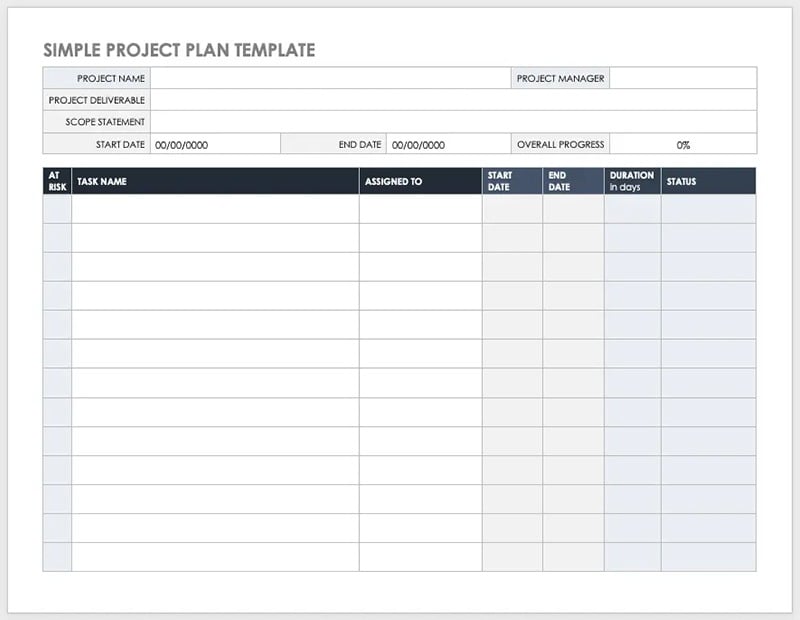
2. Assembles the Software Development Team
Recruiting software development team members fall on the software project manager. A typical software development team consists of software developers, quality assurance testers, analysts, technical writers, and UI/UX designers.
Successful software project managers select experienced, diligent, and motivated individuals to join the project team. They define the roles and responsibilities of each team member and communicate the project objectives and expectations to them.
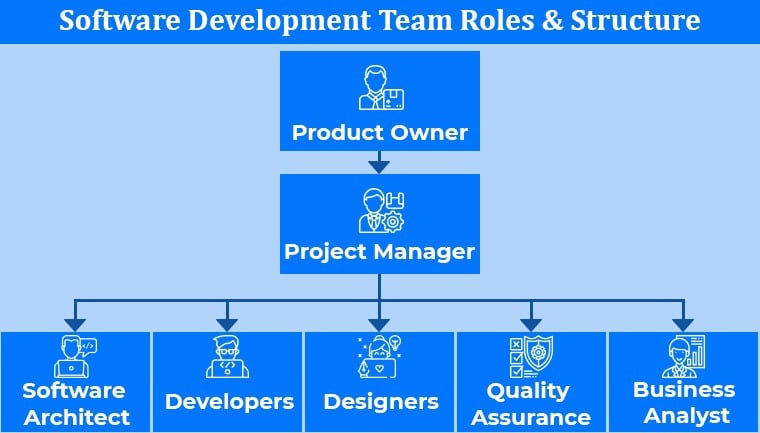
3. Task Management
Task coordination and management is an essential responsibility of every project manager. Software project managers create and assign tasks to qualified team members and monitor their progress to ensure timely delivery.
Managing tasks for complex and multiple projects can be a challenge. Smart software project leaders and managers use task management software to create, assign, and manage tasks for improved productivity.

4. Resource Allocation
Proper allocation of resources is one of the benefits of project management for software teams. The software project manager ensures the proper scheduling of tasks and available resources needed to complete the project on time and within the budget.
Project resources are limited by nature. Good software project managers manage limited project resources and allocate them in the right quantity to team members for sustained project success.

5. Tracks Project Progress
A software project manager is responsible for tracking team and project progress to ensure everything is following the set plan. They monitor the project team activities and their workflows and report them to relevant stakeholders.
Tracking your projects manually is tiring. Project tracking software makes it easy to track project progress, including project resources, scope, time, and budget. You can track project management metrics and compare them with the current progress.
Agile Project Tracking Template
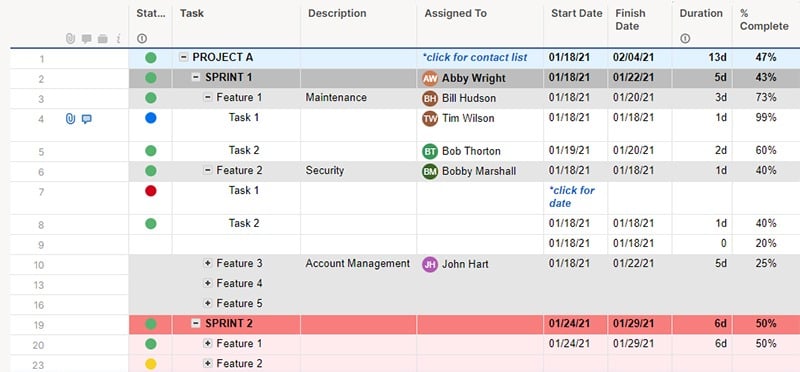
6. Time Tracking
Time management is essential for project success. The software project manager ensures the project team and the execution of different tasks stay on schedule according to the original time estimates.
Managing time for software projects can be tricky because project changes are a guarantee. Clients can add new requirements, which can increase the project workload and cause it to stretch beyond the set delivery date.
Software project managers must know how to manage time effectively and create contingency plans. They create and maintain time schedules to ensure they accomplish milestones and deliver software projects on time.
If you want to manage your project effectively, avoid unnecessary long meetings and setting unrealistic deadlines. Create a time meeting agenda that covers the agenda you want to discuss in the meeting and share it with participants in advance for better productivity.

7. Communication
Communication is an essential skill every project manager should have. Software project managers create the communication plan and manage project communications. They serve as the communication link between the project team, stakeholders, and clients.
Project managers use team communication software and collaboration tools to keep everyone on the same page. They ensure that communications are sent, received, and clearly understood by the recipient.
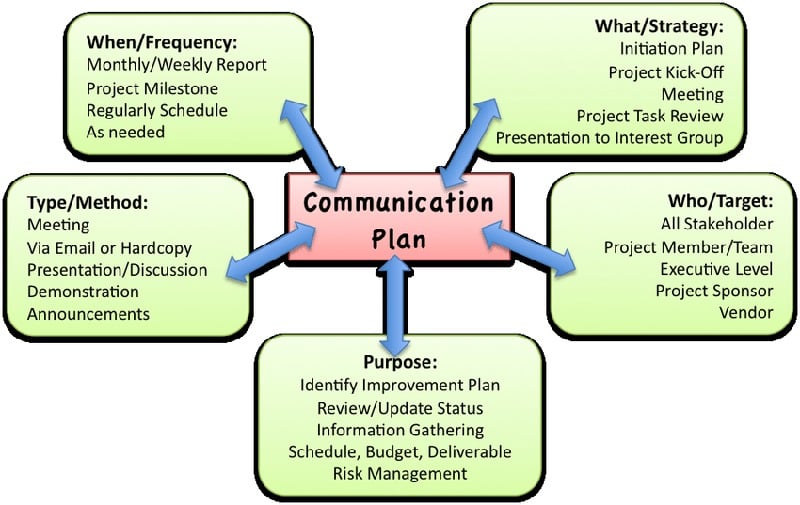
8. Document Sharing and Management
The software project manager is responsible for creating, presenting, recording, and managing project documentation. This professional ensures that the right project documents get to the necessary team members.
A functional software development team can easily access project documents in real time. For example, sales teams can access documents and records created by the software testing team.
The project manager is responsible for creating project reports and sharing them with the relevant stakeholders. They include project status reports, project health reports, project risk reports, and team availability reports.
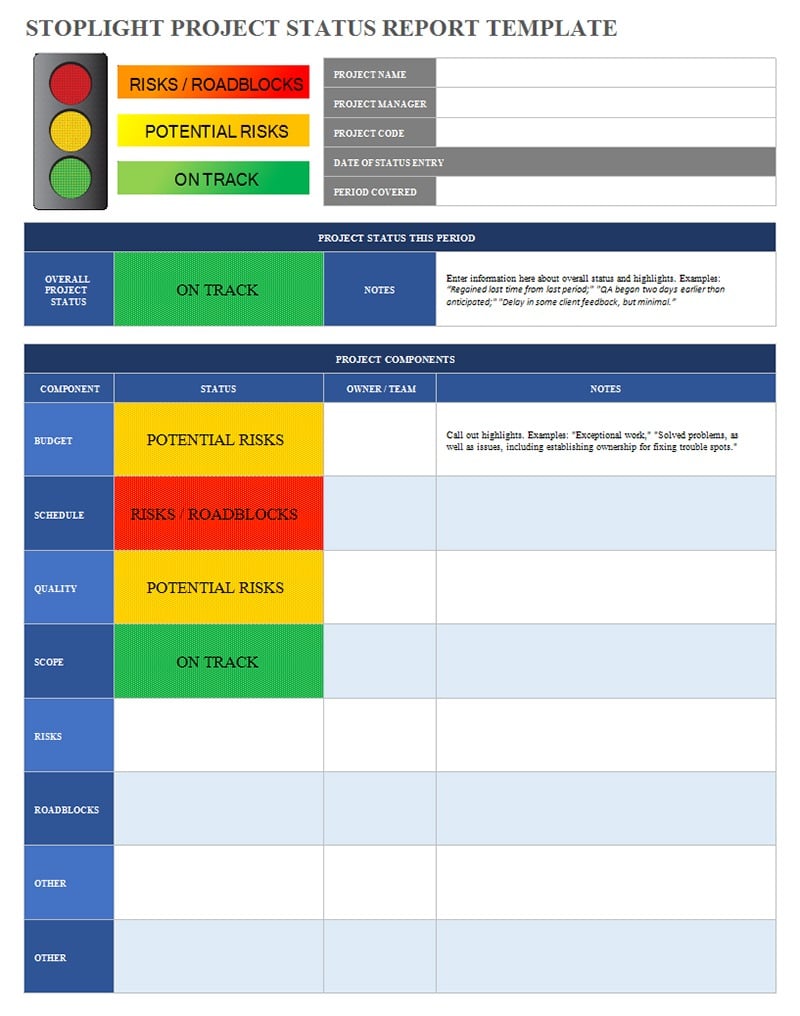
9. Budget Reporting and Evaluation
Software project managers are responsible for creating, managing, and evaluating projects, just like traditional project managers.
Every successful project has a realistic budget and sticks to it as closely as possible. Smart project managers go beyond creating realistic budgets. They track expenses and control spending to reduce waste and prevent the project from exceeding its budget limit.
Did you know that a project that delivers on time but massively exceeds its set budget is a failure? Creating budget reports and evaluating your project resources at regular intervals is essential for project success.
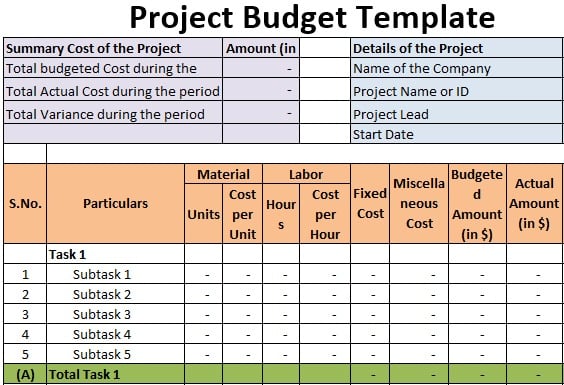
10. Manages Project Risks
Projects are prone to challenges. Excellent software project managers are great at risk management and problem-solving. Software projects managed with the agile approach can easily face scope creep if not managed properly.
Identifying project risks before the launch of the project is essential, even if you are managing simple, complex, or multiple projects. Identifying project risks early will help you know the measures to take to reduce their impact on the project.
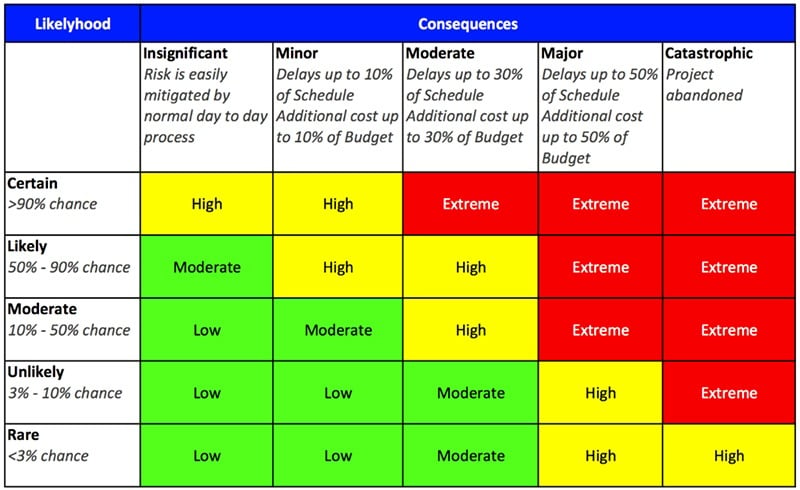
Software Management Activities: How To Manage A Software Project Successfully
Managing a software project effectively requires using the best project management strategies that guarantee project success.
Many software project managers get lost in an endless search for the best new and trendy project management strategy on the internet. In reality, what makes a software project successful is doing the basics correctly.
Software project management consists of multiple activities. If you want to manage a software project successfully, manage and track these activities effectively.
1. Project Planning and Tracking
Project planning and tracking are crucial for managing a software project successfully. The project planning process is the first software management activity always performed before the project starts.
Effective project planning ensures the successful completion of the software development project. During this phase, the software development team sets project goals, creates a plan, and establishes specific deliverables.
Creating a project plan is necessary, but you need to track progress to ensure your team and schedule stay on track. Tracking your project progress helps you spot potential issues, stick to timelines, and monitor team activities.

2. Project Resource Management
Project resources are the elements needed to complete a software project successfully. Every software project manager needs to have a clear understanding of the project resource requirements and know how to manage them effectively.
You can divide project resources into human and material resources. Human resources are the individuals and groups that make up the software development team. External stakeholders also fall under this category.
Material resources include every non-human resource like software, computers, and office supplies needed to run your software project successfully.

Software project managers are responsible for managing project resources. They assemble the software development team and assign tasks, responsibilities, and resources to members.
Smart project managers create a resource plan that covers the resources needed for the project and details how to allocate and manage them effectively. Your resource plan should leave room for possible resource adjustments to ensure your team meets the set goals and deliverables.
3. Project Scope Management
Project scope management is an essential part of software project management. This process ensures every important detail like tasks, goals, timelines, resources, and deliverables needed to complete the project successfully are included in the scope.
Scope management defines the project objectives and boundaries. When creating a project scope, outline what your project will cover and what it will not to avoid misunderstandings and price and time overruns.
Defining your project scope helps your software development team create an execution plan that doesn’t exceed the project’s timeline or budget. Effective scope management ensures you complete your project successfully and meet your client’s needs.
Software project managers use tools like WBS (work breakdown structure) charts and project templates to manage the project scope effectively.

4. Project Estimation Management
Estimation management goes beyond measuring the project cost. This process covers estimating the software project’s size, completion time, and efforts. Project managers will struggle to set realistic project expectations without this software management activity.
Software project managers use tools like historical data and bottom-up analysis to estimate the project properly. However, without understanding the software development process and the unique nature of your project, you can easily make wrong estimates.
Project estimation falls into four categories.
Software Size Estimation
Project managers estimate the size of the software project by calculating the lines of code or function points. Measuring the software size depends on the software or the client’s requirement.
Effort Estimation
You need to first determine the project size before you can accurately estimate the effort required for the software project.
Do you need a large or small team? What kind of software developers do you need to assemble? Knowing your software project size helps you estimate your software development team size and required expertise.
Software project managers are responsible for estimating the efforts required for projects in terms of manpower requirements and work hours.
For example, the effort estimation for a calculator app will be less than the effort requirements for a social media app for a global audience.
Time Estimation
Estimating the time required to complete a software project can be tricky without determining the project size and effort required.
How can you best estimate the time required to complete your software project? Split your project into smaller tasks and estimate the time required to complete each task. Calculate the total time you budgeted, and you will have a good overall time estimate for the project.

Cost Estimation
Measuring project cost is the hardest to calculate because of the many elements you need to factor in. You have to consider the software project size, quality, skilled manpower, training and support, travel expenses, and additional software or tools required.
Your cost estimation will not be accurate if you miss out on any major project cost element.
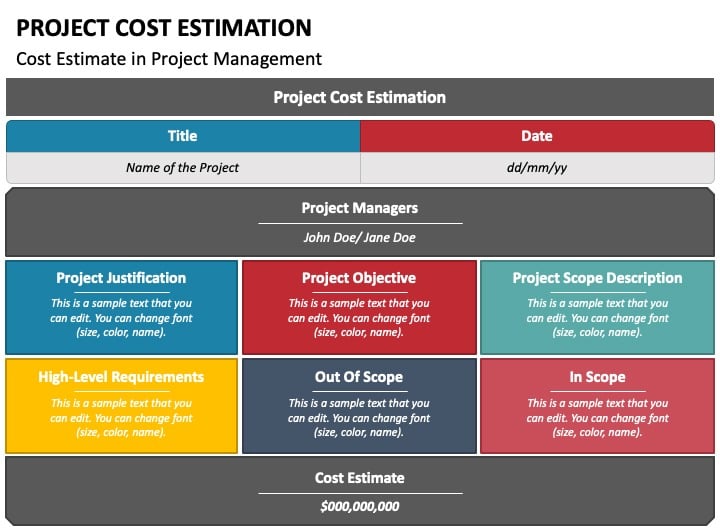
5. Project Risk Management
Every software project has predictable and unpredictable risks that can impact the project. Smart project managers expect and plan for risks like scope creep, schedule delays, cost overruns, and unforeseen technical complications.
Risk management is a key aspect of software project management that covers the process of identifying, analyzing, and assessing risks that may arise during the project. Address potential risks early and develop a contingency plan to prevent them from causing the project to fail.
Use risk management tools like SWOT analysis and risk registers to effectively manage risk and increase the project’s chances of success.

6. Project Scheduling Management
Project scheduling is the process of arranging the activities, tasks, resources, timelines, and deadlines needed to complete the project within a set timeframe.
Creating a project schedule is vital for the smooth running of the project. A detailed project schedule shows you the time allocated for each task and the individual or group responsible for completing it.
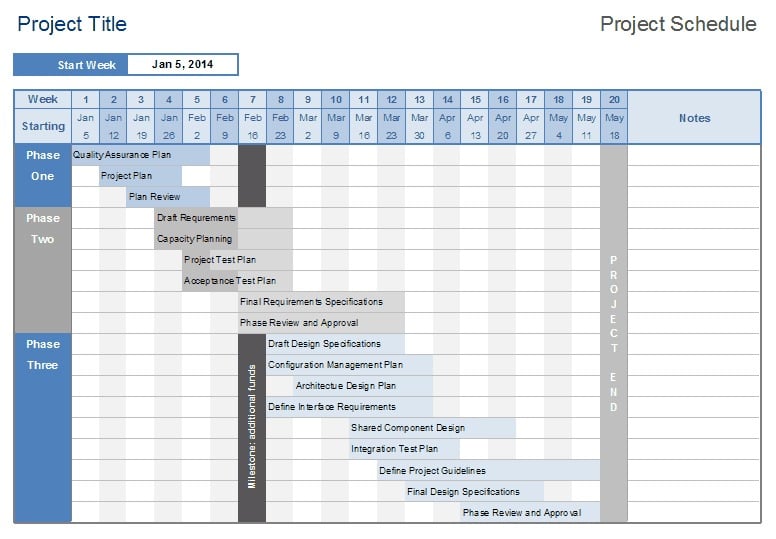
Software project managers can use tools like Gantt charts, task lists, calendars, and project scheduling software to create and manage project schedules.
7. Project Communication Management
Effective communication is essential for the success of a software project. Project communication management covers activities like sending project updates to the software development team, stakeholders, and clients.
Creating a communication plan helps software project managers to manage communications effectively throughout the software project lifecycle.
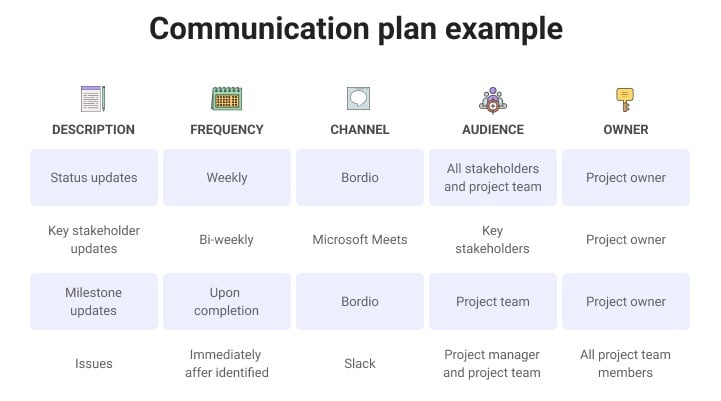
Your project communications must be clear and understandable by the parties involved. Lack of clear communication can lead to misunderstandings and huge errors that can lead to project failure.
Software project managers use emails, project management software, and team communication tools to effectively manage project communications.
8. Configuration Management
Configuration management is a crucial part of software project management. This software management activity involves managing the software development team’s work and development tools and tracking code changes.
Software project managers use configuration management tools like version control software and development platforms to control, track, and manage changes to the software project.
Managing software project changes effectively ensures your final deliverable meets your stakeholder’s requirements while staying on schedule and within budget.
Configuration management in software development increases productivity, improves deliverable quality, and reduces errors and inconsistencies.

Software Project Management Tools
Managing a software project involves multiple software management activities that are necessary for completing the project within budget and on schedule.
Here are the best project management tools for managing a software project successfully.
1. Gantt Chart
Gantt chart is a popular project management tool that uses horizontal bars to give a visual representation of project schedules and their timelines.
According to project management history, Henry Gantt developed the Gantt chart in 1917. A typical Gantt chart shows you an overview of your project. When creating your Gantt chart, represent every task or activity with a bar, show the person responsible, and write the task start and end dates.
Use Gantt chart software to visualize and track dependencies, milestones, schedules, resources, and multiple projects.

2. PERT Chart
PERT (Program Evaluation & Review Technique) chart is a project management tool used to graphically represent the tasks involved in completing a project.
This project management technique depicts your software project as a network diagram. A typical PERT chart uses nodes in the form of circles or rectangles to represent project activities and milestones.
The U.S. The Navy's Special Projects Office in the 1950s created the PERT chart to manage the Polaris project.
PERT charts are great for identifying and managing task dependencies. Software managers can use this project management tool to evaluate the time and resources needed to manage a software project successfully.

3. Logic Network
The logic network shows the arrangement of project activities and resources over time. Creating a logic network helps you understand task dependencies in your project workflow. You know which activities follow or precede another.
Logic Network Diagram

4. Work Breakdown Structure
Work Breakdown Structure (WBS) is a task-oriented project management system that divides a project into smaller and flexible segments called work packages for better project execution.
Software project managers use the Work Breakdown Structure (WBS) to manage a complex and multi-step project successfully.
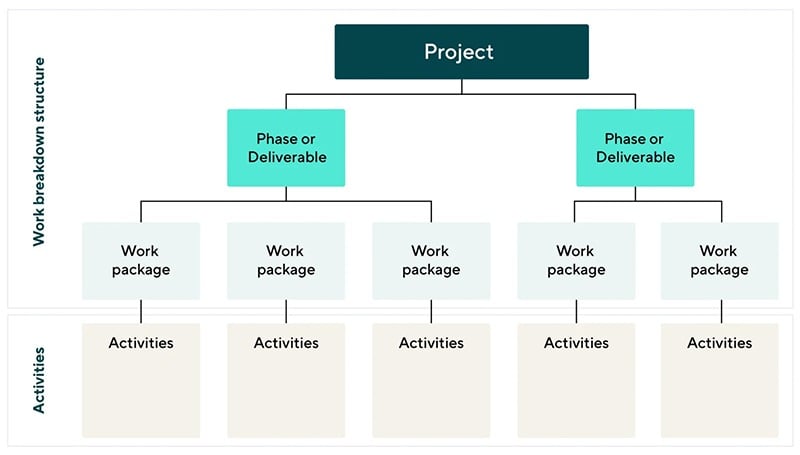
5. Resource Histogram
A resource histogram is a graphical tool that uses bars to represent material and non-material resources over time in a project. Software project managers use this PM tool to plan and coordinate project teams and resources.
Resource Histogram

6. Critical Path Method
The critical path method is one of the most-used project management techniques that schedules and prioritizes project activities that are necessary for completing the project successfully.
Software project managers use the critical path method to analyze, plan, and schedule large, complex projects. You can use this method to identify critical and non-critical tasks and create a project schedule.

Which Software Is Used For Project Management?
Project management software helps you manage your software projects in an efficient, timely, and productive manner.
Imagine how much time and effort you would spend using spreadsheets and physical boards to manage your software projects. Use the best project management software if you don’t want to go through such a time-consuming and energy-draining process.
Choosing the best project management solution for your software project can be tricky. There are many project management solutions available in the market. However, it’s in your best interest to choose the options that best serve your project management needs.
The Best Project Management Software Tools By Category
Use Case
- Agile Project Management Software
- Agile Tools for Project Management and Software Development
- Simple Project Management Software
- Resource Management Software
- Project Planning Software
- Project Reporting Tools
- Project Tracker Tools
Visuals
- Visual Project Management Software
- Kanban Software
- Gantt Chart Software for Project Management
- Scrum Software Tools
- Project Dashboard Software
Productivity Tools
Top Project Management Software Tools for Software Development
Monday.com
ClickUp
Wrike
Teamwork
Asana
Explore Further
- What Are the Roles and Responsibilities of a Project Manager?
- 9 Essential Roles In Project Management
- 13 Essential Components of Project Management
- 22 Project Management Best Practices
- 10 Effective Tips on How to Manage A Project from Start to Finish
- 13 Tips For Leading And Managing Remote Teams
- 7 Main Project Management Activities
- 10 Essential Features of Project Management Software